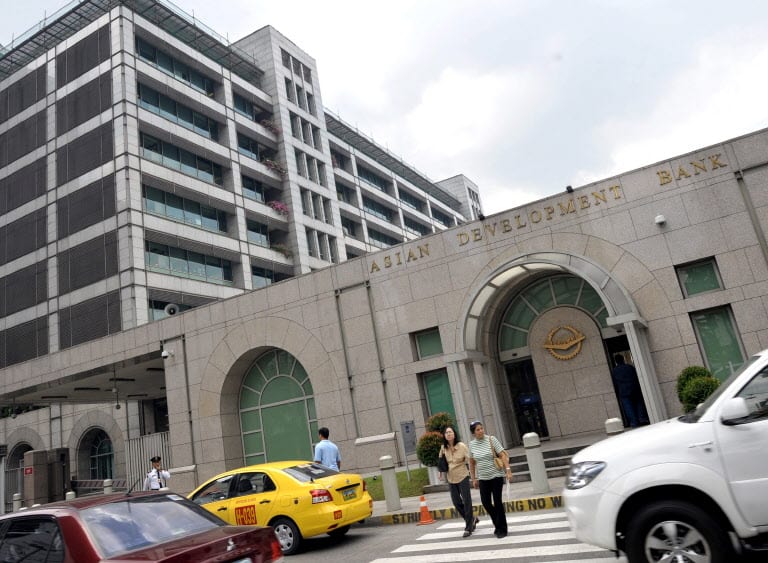Manila, Philippines–The global trade finance gap grew to a record $2.5 trillion in 2022 from $1.7 trillion two years earlier, as rising interest rates, flagging economic prospects, inflation, and geopolitical volatility reduced the capacity of banks to deliver trade financing, according to the 2023 Trade Finance Gaps, Growth and Jobs Survey released today by the Asian Development Bank (ADB).
The trade finance gap is the difference between requests and approvals for financing to support imports and exports. Rebounding strongly after the COVID-19 pandemic, global goods exports grew in 2021 and 2022 at 26.6% and 11.5%, respectively.
Demand for trade finance surged on the back of this sharp recovery but heightened economic risks made finance more difficult to secure than before, the survey indicates.
Following a zero-growth rate during the last quarter of 2022, as of April 2023, global trade exports in value slowed year-to-date, showing a decline of around 3%.
The survey is the world’s leading barometer of trade finance health. It includes data from 137 banks and 185 companies from around 50 countries.
Respondents said they faced continued constraints in 2022 due to rising interest rates and financial market uncertainties, set against the backdrop of a global economic slowdown, and geopolitical instability.
“The global trade finance funding gap has now widened to well over $2 trillion, as the global economy still struggles to rebound from the pandemic,” said ADB’s Director General for Private Sector Operations Suzanne Gaboury. “That growing gap strangles the potential of trade to deliver critical human and economic development through jobs and growth.”
Around 60% of responding banks reported that the Russian invasion of Ukraine impacted their trade finance portfolios due to growing geopolitical uncertainty and increased commodity prices.
For the first time, the 2023 trade gaps survey focuses on environmental, social, and governance (ESG) issues, along with digitalization, in a bid to assess their impact on relevant supply chains and the trade finance gap.
The majority of banks and companies that took part in the survey believe that ESG alignment could potentially help reduce the trade financing gap.
The top supply chain challenge cited by firms surveyed was insufficient financing. They identified access to adequate financing, reliable logistics, and the use of digital technology as the three most important components of resilient supply chains.
Backed by ADB’s AAA credit rating, the Trade and Supply Chain Finance Program (TSCFP) provides loans and guarantees to more than 200 partner banks to support trade, boosting imports and exports that foster growth.
Since 2009, the TSCFP has supported $57 billion in trade across 45,510 transactions in markets where the private sector finds it challenging to operate. TSCFP is working to make global trade and supply chains green, resilient, inclusive, and socially responsible.

